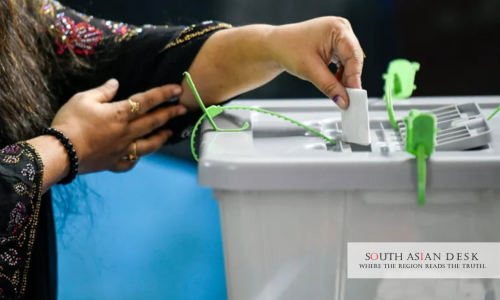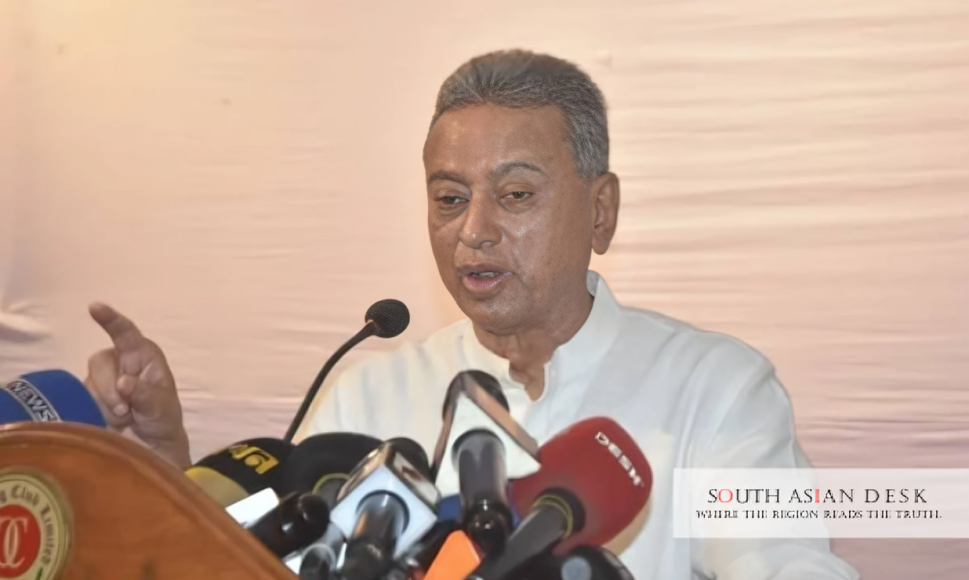India’s tri-service military will launch the India drone exercise 2025, named Cold Start, in the first week of October in Madhya Pradesh, to test drone and counter-drone systems for enhanced air defence, following lessons from a recent clash with Pakistan, involving industry and research stakeholders.
In South Asia, where cross-border drone incursions have intensified, the India drone exercise 2025 signals New Delhi’s determination to outpace adversaries in unmanned technologies, fortifying regional stability and deterring aerial threats that could disrupt trade routes and civilian airspace.
Unveiling the India Air Defence Drone Exercise
The India air defence drone exercise, formally titled Cold Start, marks a pivotal moment in India’s defence modernisation. Scheduled for early October 2025, this tri-service manoeuvre will simulate real-world drone warfare scenarios, drawing directly from the four-day Operation Sindoor in May 2025, when Pakistan deployed unmanned aerial systems against multiple Indian military sites.
Senior officers from the Integrated Defence Staff (IDS) have emphasised the exercise’s role in validating operational readiness. Air Marshal Rakesh Sinha, Deputy Chief of the IDS, stated: “We will be testing some of our drones and counter-drone systems during this exercise … so that we can make our air defence system and counter-UAS completely robust.” This initiative involves the Indian Army, Navy, and Air Force collaborating with defence industry representatives, research agencies, and academia to assess detection, identification, and neutralisation protocols.
The scale of the India drone exercise 2025 is unprecedented, with simulations recreating swarm attacks and GPS jamming tactics observed in recent conflicts. Participants will deploy indigenous systems, including laser-based interceptors and electronic warfare tools, to counter low-cost, off-the-shelf drones increasingly accessible to non-state actors. According to the Ministry of Defence via official channels, the focus remains on integrating artificial intelligence for swift responses in dynamic environments.
Key Components of the India Drone Exercise 2025
Under the umbrella of the India air defence drone exercise, Cold Start will prioritise multi-domain integration. Drones will mimic offensive roles, while counter-measures—such as radar networks and kinetic effectors—will be evaluated for efficacy. The event builds on prior demonstrations, like the Bharat Drone Shakti exhibition in 2023 at Hindon Airbase, but escalates to full-spectrum war games.
Air Marshal Ashutosh Dixit, Chief of the IDS, remarked: “They (Pakistan) are also working and becoming better. So, we have to go one step ahead.” This underscores the competitive drone arms race in South Asia, where both India and Pakistan have accelerated acquisitions post-Operation Sindoor. During that operation, on the night of 7-8 May 2025, Pakistani drones targeted sites from Awantipura to Bhuj, but Indian systems, including the Akash missile and Integrated Air Command and Control System (IACCS), reportedly neutralised threats without significant damage.
The exercise’s design incorporates feedback from Operation Sindoor, where counter-drone and jamming technologies proved effective yet revealed gaps in scalability against massed swarms. Over 75 drone variants, from surveillance to loitering munitions, are expected to feature, sourced from domestic firms aligned with the Atmanirbhar Bharat initiative.
Strategic Focus of the India Air Defence Drone Exercise
Beyond tactical drills, the India drone exercise 2025 aligns with long-term visions like the Sudarshan Chakra air defence network, targeted for completion by 2035. This indigenous system will weave drones, counter-hypersonic interceptors, and manned aircraft into a layered shield, addressing vulnerabilities exposed in border flashpoints.
Experts highlight the exercise’s relevance to broader South Asian security. Pakistan’s parallel advancements in unmanned systems, coupled with non-state threats from militant groups, amplify the need for robust countermeasures. The Cold Start manoeuvre will test interoperability across services, ensuring seamless data-sharing via secure networks, a lesson honed since the 2024 Bharat Shakti tri-service firing at Pokhran, Rajasthan.
In a statement attributed to IDS headquarters, officials noted: “The future of warfare will be shaped by the ongoing race between drones and defensive measures. Nations investing in counter-drone systems will gain a strategic edge.” This positions India as a frontrunner, with investments in drone swarms exceeding INR 10,000 crore annually for research and procurement.
Challenges and Innovations in Drone Warfare
The India air defence drone exercise grapples with evolving threats, such as autonomous drones evading traditional radars. Simulations will explore AI-driven autonomy, where systems self-adjust to jamming. While exact participant numbers remain classified, sources indicate over 500 personnel and 100+ platforms will engage, making it the most ambitious India drone exercise 2025 to date.
Background
Operation Sindoor in May 2025 catalysed this escalation, as Pakistan’s drone barrage, spanning 14 sites, tested India’s vigilance. No casualties ensued, crediting rapid IACCS integration and drone intercepts. Earlier, the 2023 Bharat Drone Shakti showcased over 75 startups, paving the way for indigenous production. The India air defence drone exercise thus evolves from exhibitions to combat simulations, reflecting a decade-long pivot towards unmanned dominance.
What’s Next for India Drone Exercise 2025
As Cold Start concludes, expect accelerated procurement under the Sudarshan Chakra framework, potentially unveiling upgraded counter-UAS by mid-2026. This India drone exercise 2025 could spur bilateral dialogues on drone norms in South Asia, balancing deterrence with de-escalation.
The India drone exercise 2025 not only hones tactical edges but reaffirms India’s resolve in the unmanned era, safeguarding skies over a volatile neighbourhood.
Published in SouthAsianDesk, September 24th, 2025
Follow SouthAsianDesk on X, Instagram, and Facebook for insights on business and current affairs from across South Asia.






